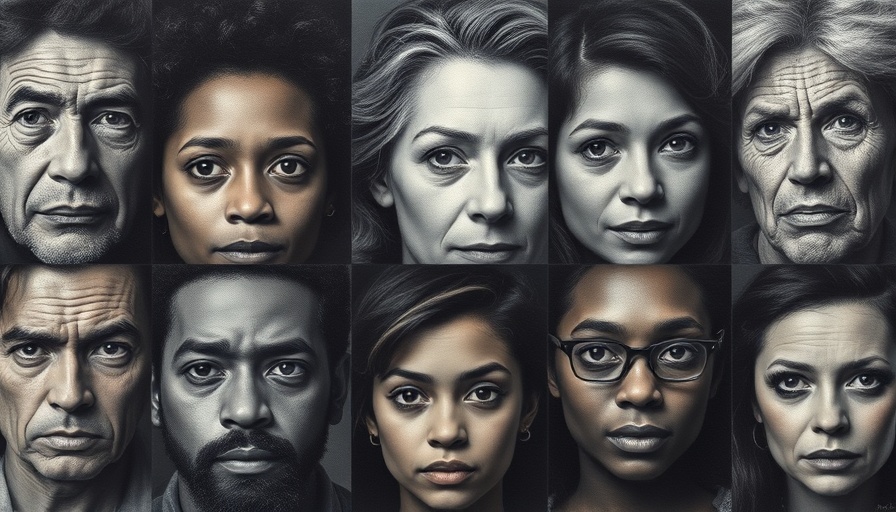
Understanding the Landscape of Police Shootings in San Francisco
The reality of police shootings in San Francisco paints a troubling picture that reflects broader societal issues, challenges in law enforcement, and the struggles of marginalized communities. Since 2000, law enforcement has shot and killed 65 people in the city, a statistic that reveals deep-rooted concerns about public safety and police accountability.
The Shift in Police Use of Force
Recent years have marked a notable shift in how police approach use of force scenarios. Following the introduction of a new use-of-force policy in January 2022, the percentage of police shootings involving less-lethal ammunition has increased eightfold compared to the previous two decades. This change signifies a potential move toward more responsible policing, yet the increase in fatal encounters with young men of color, particularly those suffering from mental health issues, underscores the urgent need for improved strategies and training.
The Stories Behind the Statistics
Each shooting incident represents a tragic story, often linked to broader socio-economic factors. As detailed in recent reports, many victims were young men of color grappling with mental health challenges, reflecting a systemic issue that intertwines public health and public safety. These accounts serve not just as statistics; they represent lives lost and communities impacted profoundly.
Comparative Analysis
When examining police shootings across the U.S., San Francisco's data mirrors national trends, where marginalized communities often bear the brunt of fatal encounters with law enforcement. However, the city's updated policies may offer hope for reform. Nationally, cities like Seattle and Los Angeles are also exploring new protocols to mitigate the use of deadly force, suggesting that San Francisco might be part of a larger movement towards reform.
What Do These Trends Mean for the Community?
The implications of rising police shootings are significant for communities across San Francisco. Families are not only mourning the loss of loved ones but also grappling with trauma, distrust of law enforcement, and calls for accountability. The community's push for transparency and change reflects a broader desire for a policing model that prioritizes safety and well-being over violence.
Taking Action with Awareness
Understanding the factors contributing to San Francisco police shootings is crucial for community members, policy advocates, and local leaders. By educating ourselves and engaging with local initiatives focused on mental health, racial equity, and police reform, we can contribute to meaningful change. Discussions surrounding public safety should not only focus on crime rates but also encompass the well-being of all residents.
The Path Forward: Community and Policymaking
Local policymaking must align with the community's vision for a safer and more equitable San Francisco. As city council decisions shape public safety measures, it is vital for residents to advocate for policies that promote accountability and community engagement in law enforcement practices.
A Call to Action: Engage with Your Community
Communities across San Francisco are recommended to stay informed about local developments. Participation in public forums, insightful discussions, or community advocacy groups can empower individuals to influence decision-making processes that directly affect public safety and community well-being. Each voice can contribute to creating a narrative that prioritizes lives, promotes equity, and fosters understanding.
The stories of those lost in police shootings are more than mere statistics—they urge us to confront our realities and strive for a more compassionate law enforcement model. As we reflect on these shared human experiences, we encourage everyone to engage actively in the quest for social change.
 Add Row
Add Row  Add
Add 




 Add Row
Add Row  Add
Add 

Write A Comment